- May 20, 2025
- 11:02 am
Millions of people, especially the middle class, are burdened by debt. But it doesnot have to be a lifelong burden. With the right debt management strategies, you can gain control of your finances, reduce stress, and work toward a debt-free future. Whether you're dealing with credit card debt, home loans, study loans, or personal loans, this guide will help you understand your options and take meaningful steps toward financial stability.
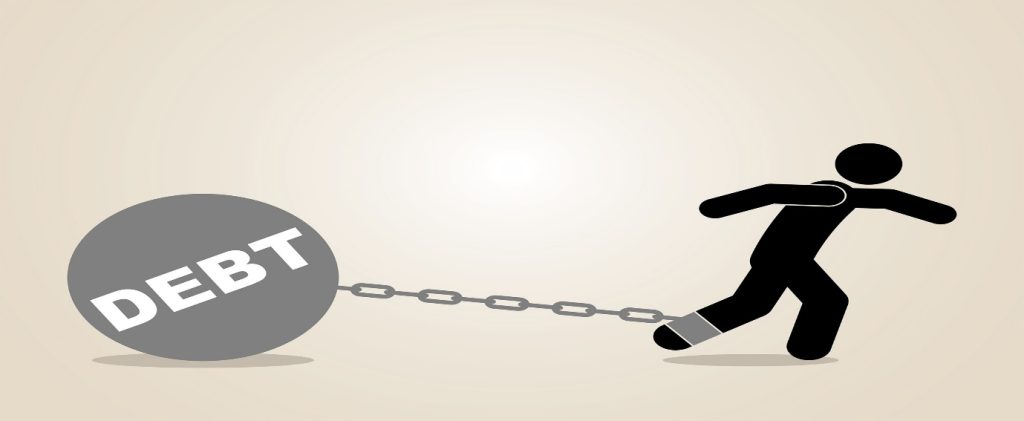
Debt management is organizing, emphasizing, and systematically repaying your
debts. It involves creating a plan — either on your own or with professional help — to pay off your debts with minimal interest, fees, and financial stress. This approach involves budgeting, debt consolidation, and working with credit counselors to negotiate better terms with creditors.
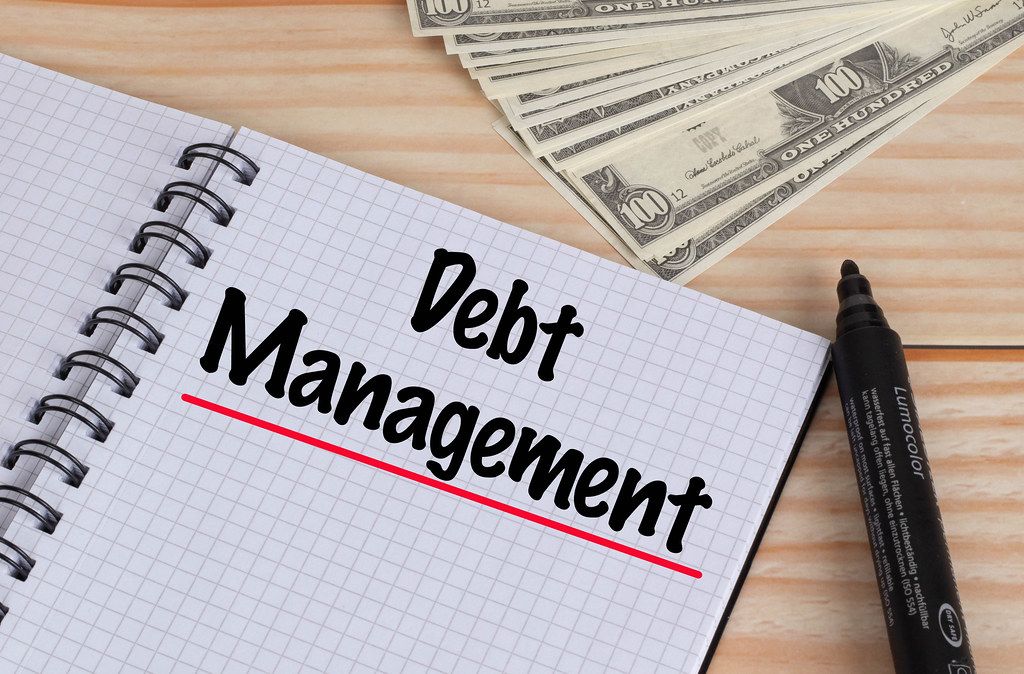
Debt consolidation is a financial strategy where several existing debts are merged into one new loan. This new loan typically has a lower interest rate and a fixed monthly payment, making it easier to manage your finances and potentially saving money in the long run.
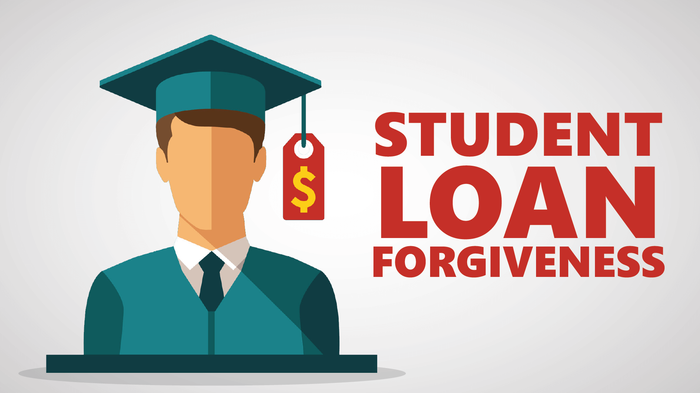
Unmanaged debt can lead to high interest payments, collection calls, and a falling credit rating. Most importantly, it deprives you of your mental peace and increases the stress associated with it. Sometimes it leads to suicides and other crimes. Effective debt management helps a person to:
1. Create and Stick to a Budget
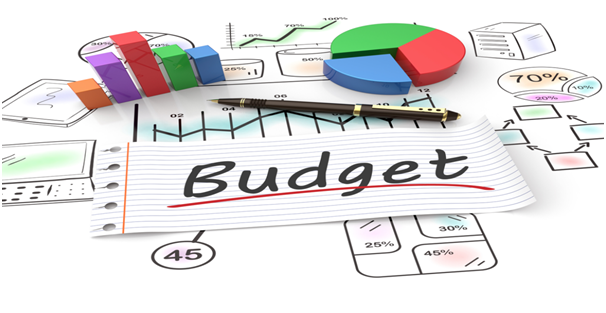
A solid budget is the foundation of any debt management plan. Track your income and expenses to understand where your money goes each month. Identify areas where you can cut down the expenses and direct those funds toward paying off the debt. Budgeting apps and spreadsheets can make this process easier and more
convenient.
2. Prioritize Your Debts
There are two popular methods to tackle debt:
Debt Snowball Method: Focus on paying off your smallest debts first while making minimum payments on larger debts. This provides quick wins and motivation to keep going.
Debt Avalanche Method: Pay off debts with the highest interest rates first. This save you more money in the long run by reducing the amount of interest you pay.
Choose the method that best fits your personality and financial goals.
3. Pay More Than the Minimum
Whenever possible, pay more than the minimum instalment amount required to pay your debts. This reduces your principal balance faster, saving you money on interest and helping you become debt-free sooner.
4. Consider a Debt Management Plan (DMP)
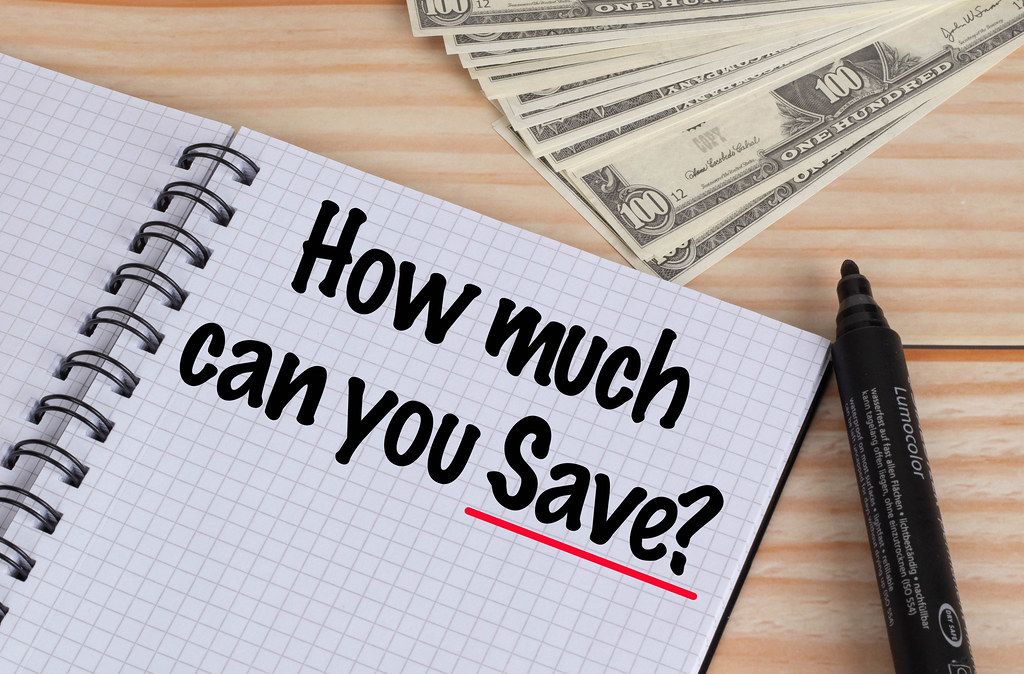
A debt management plan, often offered by nonprofit credit counselling agencies, allows you to make a single monthly payment to the agency, which then pays your creditors. Benefits include:
However, DMPs may involve setup and monthly fees, and you may have to restrict the use of credit cards.

Unexpected expenses can derail your debt repayment efforts. Set aside a small emergency fund- ideally, three to six months’ worth of expensesto cover emergencies, without incurring more debt. Consider takinghealth insurance for medical emergencies.
If you’re overburdened, consider speaking with a certified credit counsellor. They
can help you assess your situation, create a personalized debt management plan, and negotiate with creditors on your behalf.
Not all debt is created equal. Understanding the difference can help you make smarter financial decisions:
Good Debt: Borrowing to invest in assets that appreciate or generate income, such as education, real estate, or a small business.
Bad Debt: High-interest loans or borrowing for depreciating assets (e.g., credit cards, vehicle loans for personal use, or consumer goods).
Focus on minimizing bad debt and using good debt strategically to improve your financial future.

Debt management isn’t just about paying off what you owe- it’s about building a healthier relationship with money. By creating a plan, sticking to your budget, and using proven strategies like debt consolidation and debt management plans, you can take control of your financial future. Remember, the journey to financial freedom is a marathon, not a sprint. Stay patient, stay disciplined, and celebrate every step forward.
You have the power to break free from debt and achieve lasting financial strength. Start today, and your future will shine brightly on you.
Feature Post
Popular Post
Browse Category
Subscribe News Letter